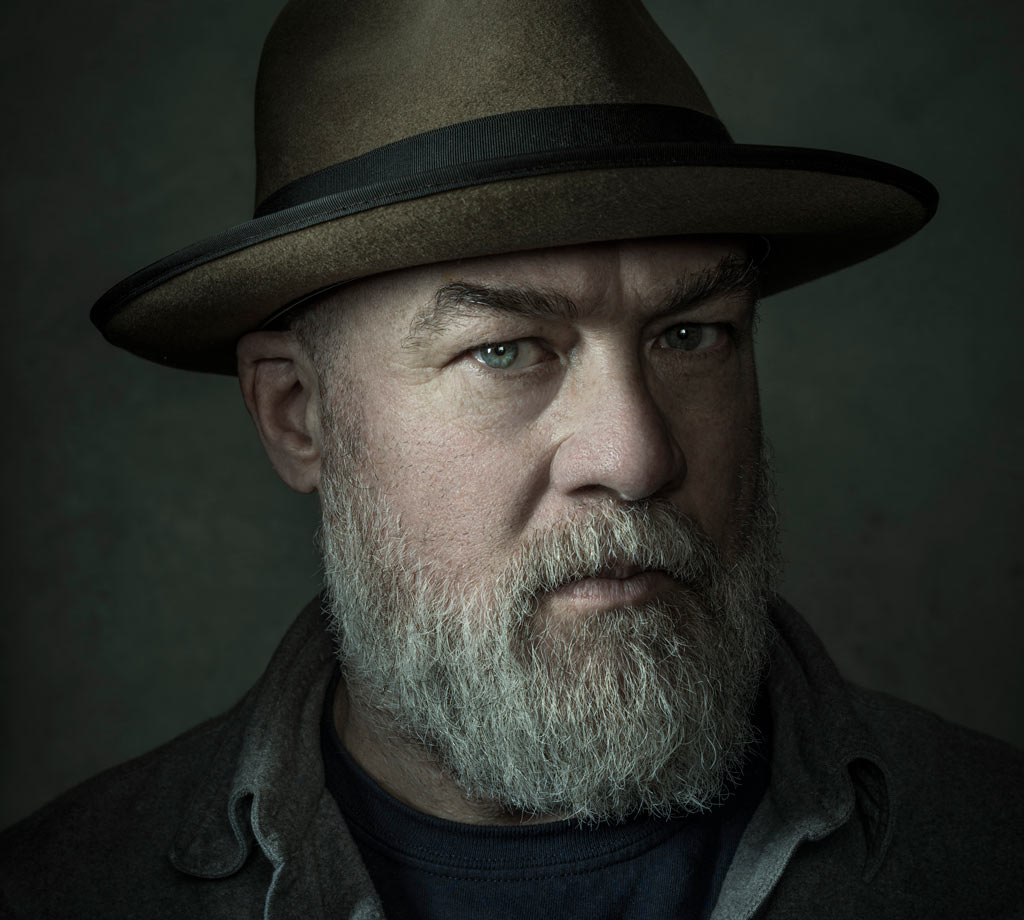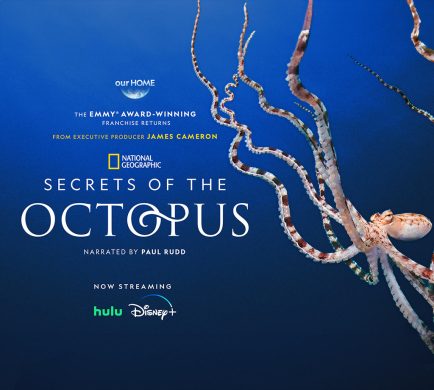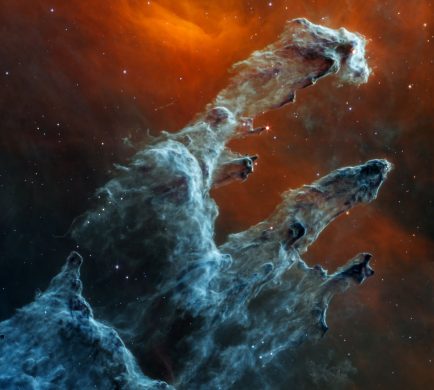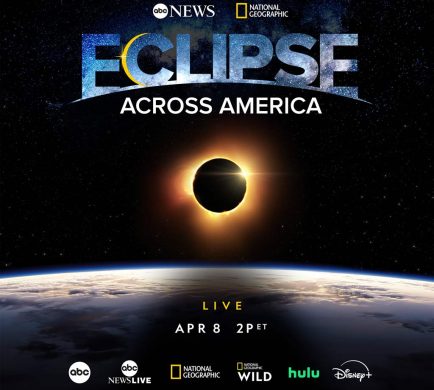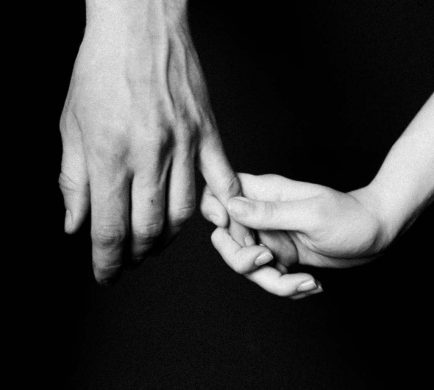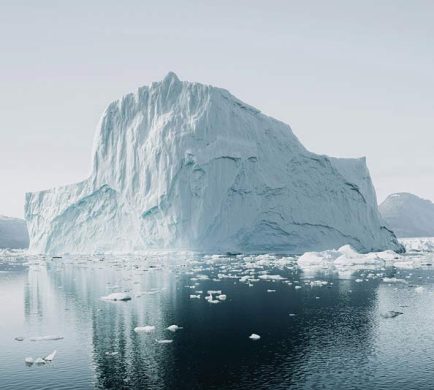An interview with Dan Winters
Photographer is a National Geographic six-part series premiering on March 18. It showcases the world’s most extraordinary visual storytellers, pairing them with today’s leading documentary filmmakers for an exhilarating and dynamic look at the world of unforgettable photography shots. Each hour-long episode follows the story of an iconic photographer — Cristina Mittermeier and Paul Nicklen, Dan Winters, Campbell Addy, Krystle Wright, Muhammed Muheisen, and Anand Varma. It is a thrilling journey into the artistry and minds of these iconic photographers and how they see and experience the world.
Dan Winters is one of the most celebrated photographers working today, and he is widely known for his unusual and iconic portraits of celebrities, scientific work, street photography, illustrations, and capturing the “hallowed grounds” of NASA. He won over one hundred national and international awards.
Your distinctive approach to photography often involves incorporating objects into your portraits, creating a narrative and depth. Could you elaborate on the significance of storytelling in your work and why you add specific objects to immerse your subjects in worlds you’ve created, moving away from neutral backgrounds?
Storytelling is at the heart of photography. If an object contributes to the narrative, I integrate it into the photograph. Building sets and creating environments for subjects, rather than using neutral backgrounds, allows me to place individuals within a context, providing layers to the visual storytelling.
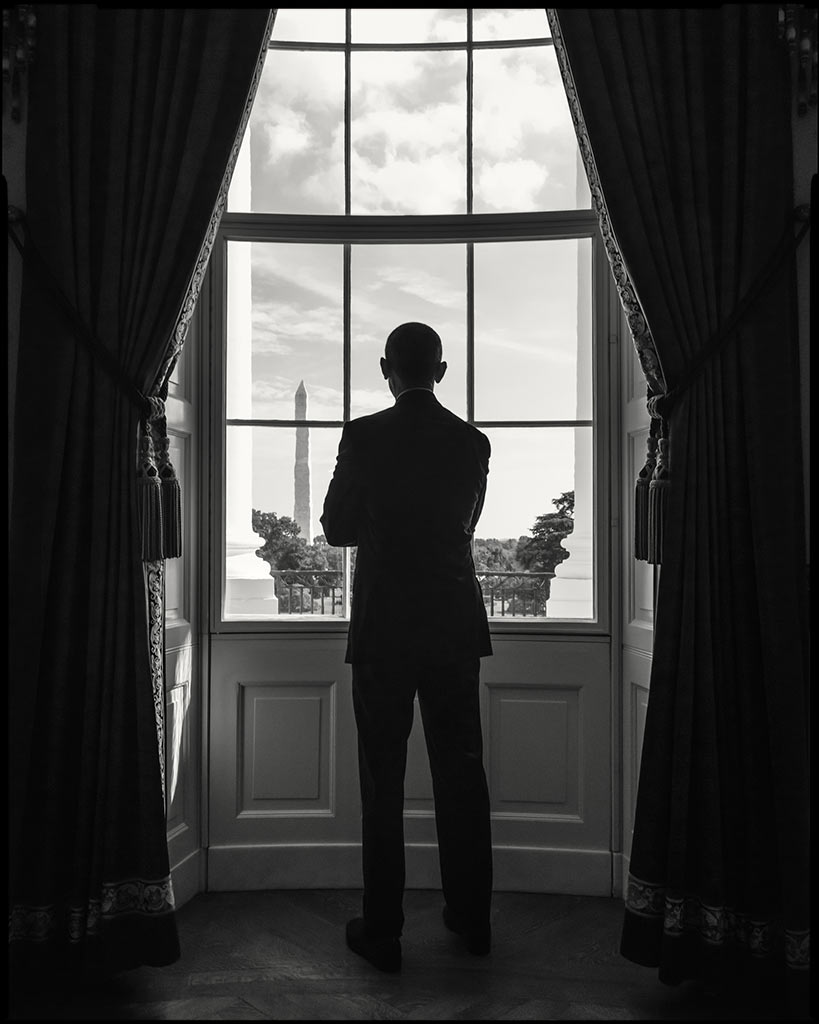
Your interests, such as shipyards and space, often play a role in your work. Can you explain how these interests influence your subject selection and whether you plan your shots or prefer to go with the flow?
My interests stem from my experiences and childhood memories. When choosing subjects like shipyards, I find a connection that adds authenticity to the narrative. Planning is crucial, especially for story-based assignments, to make the most of trips and ensure comprehensive coverage. Whether conceptual or straightforward, I like to create environments, even for single or multi-image portraits, sparking curiosity in viewers.
Your affinity for black-and-white photography is evident. Why do you prefer this medium, drawing from your early exposure to the darkroom, and how does it contribute to the essence of your storytelling?
Black-and-white photography has always fascinated me, dating back to my earliest exposure in the darkroom at nine years old. The process of working with chemistry and light to bring images to life is magical. By removing scenes from reality, black-and-white allows me to focus on tone and value, capturing the essence of a photograph without the distraction of color.
In a landscape where technology has made photography accessible to everyone, you’ve emphasized the distinction between capturing an image and crafting a compelling photograph. Could you elaborate on the role of a professional photographer in today’s technologically advanced era?
Technology has removed technical barriers, making it easier for everyone to capture images. However, photography is more than just capturing an image; it’s about crafting a compelling, artistically driven photograph. The artist’s artistry, sensibility, and voice cannot be replicated by technology alone. While everyone can capture an image, not everyone can create a photograph
Your journey has included navigating bipolar disorder, and you’ve spoken about both its productive and destructive phases. How has this personal journey influenced your perspective on life and your approach to your work?
Navigating bipolar disorder brought both immense creativity and significant challenges. While creativity flourished, it also posed physical and emotional obstacles. Finding stability became a priority, leading to a realization that life is not just about pursuing a career; it’s about being present in the moment and finding triumphs in personal struggles.
Given photography’s rich history, leaving a legacy is challenging. My approach involves understanding and studying the motivations and contributions of significant players. While I don’t actively think about my legacy, I focus on determining where my work fits in the history of photography. If my images can contribute to the progression of the medium and find relevance in the broader context, that would be a fulfilling legacy.
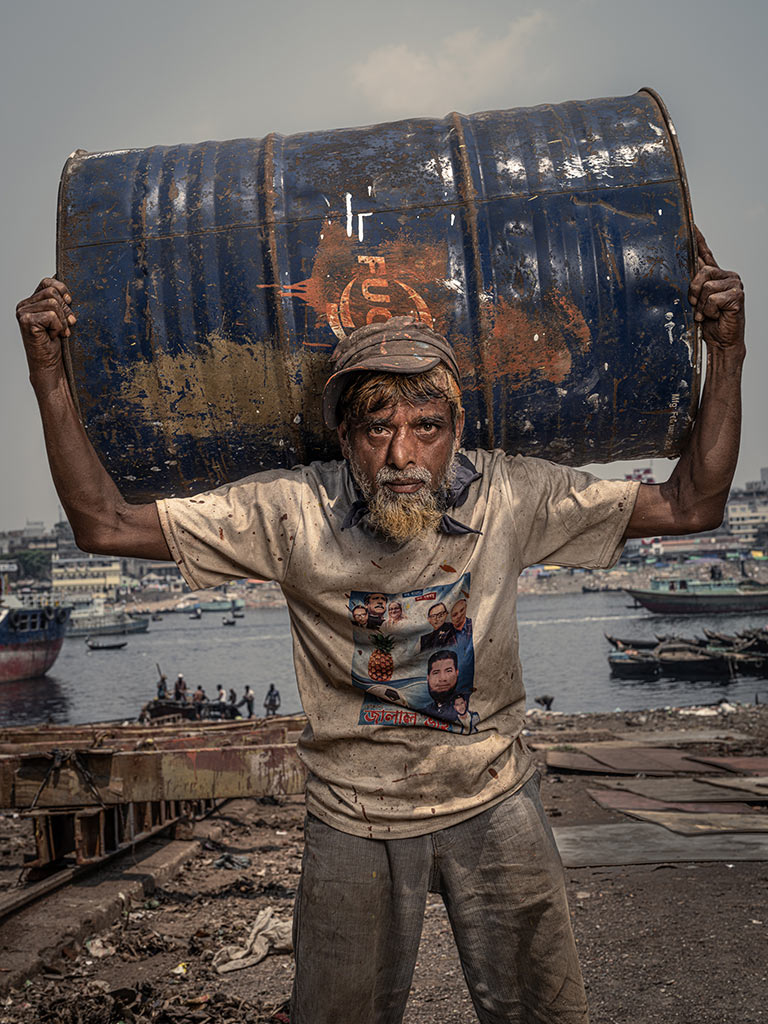
Your work has received acknowledgment, including a National Geographic episode for this docuseries reflecting its impact on culture and society. What does this recognition mean to you, and how do you hope your work resonates for generations?
The acknowledgment, like having an episode on Nat Geo’s “PHOTOGRAPHER,” is a testament to my work’s influence on culture and society. I hope my work resonates for generations, serving as a cultural and societal touchpoint. The episode reflects the societal and cultural significance of the images I’ve created, indicating their lasting impact.
In the Series Photographer, we see throughout your episode that your wife has been your rock—it’s been very moving to witness the testimony of her marriage to you, her support of you in your efforts to take compelling photographs, and also her role as the link between you and your son. What made you have a choice at the end of the show when you realize that life, real life, matters more?
For many years, I just focused on staying relevant, staying busy, supporting a family, and a lifestyle. But at the end of the day, we’re all flawed beings, and we all have struggles, and our struggles can be our triumphs if we look at them the right way. And I’m grateful that we’ve been able to address that part of it in the Series.
Your photography, your body of work, was impactful enough to garner you a whole episode on the Nat Geo show. That’s a testimony to the impact you’ve made in culture, in society, and hopefully, for many more generations to come.
Photographer Premieres on March 18 on National Geographic and is Available to Stream on March 19 on Disney+ & Hulu
by Alexia Melocchi
Photos courtesy credit to Dan Winter and National Geographic

